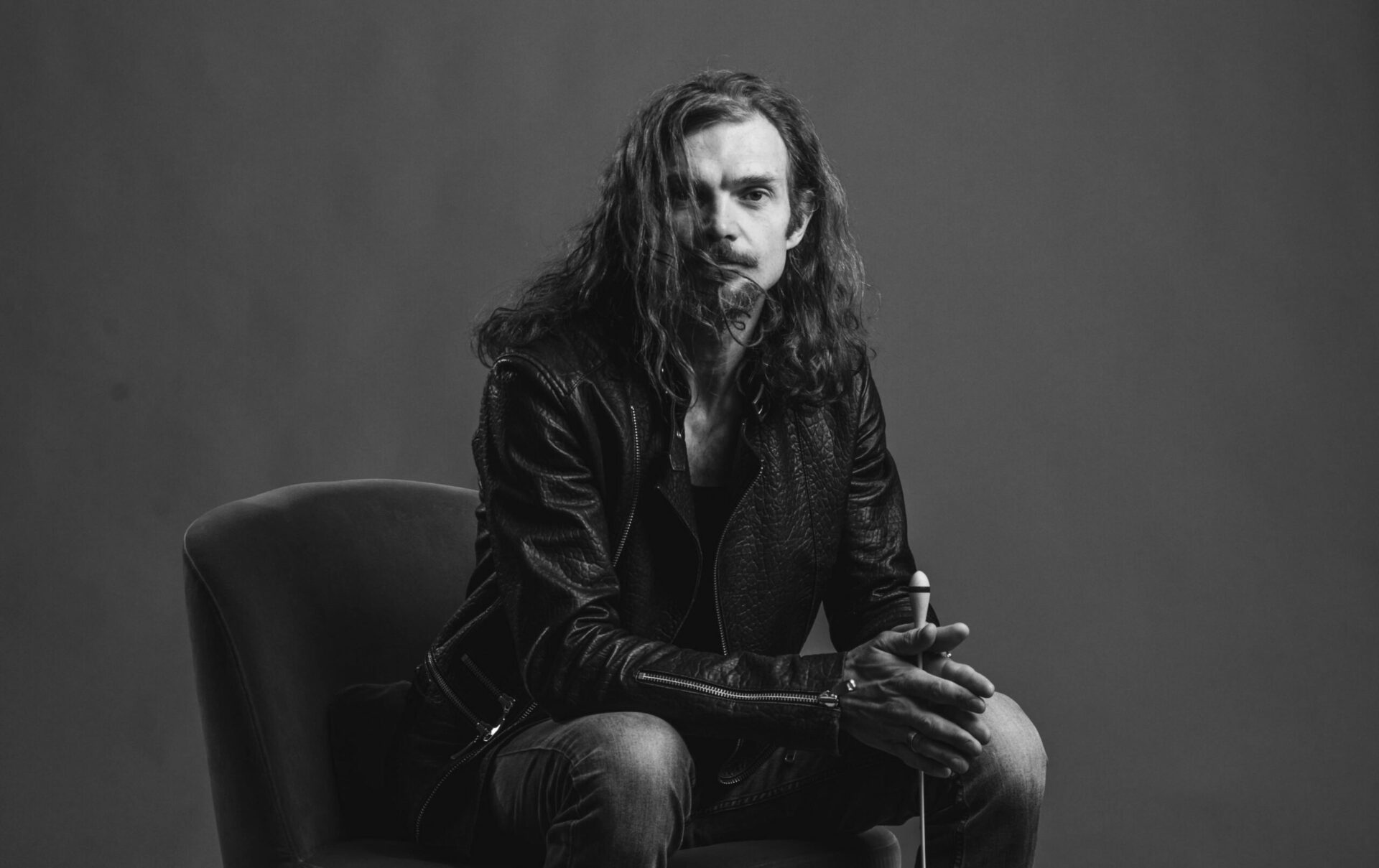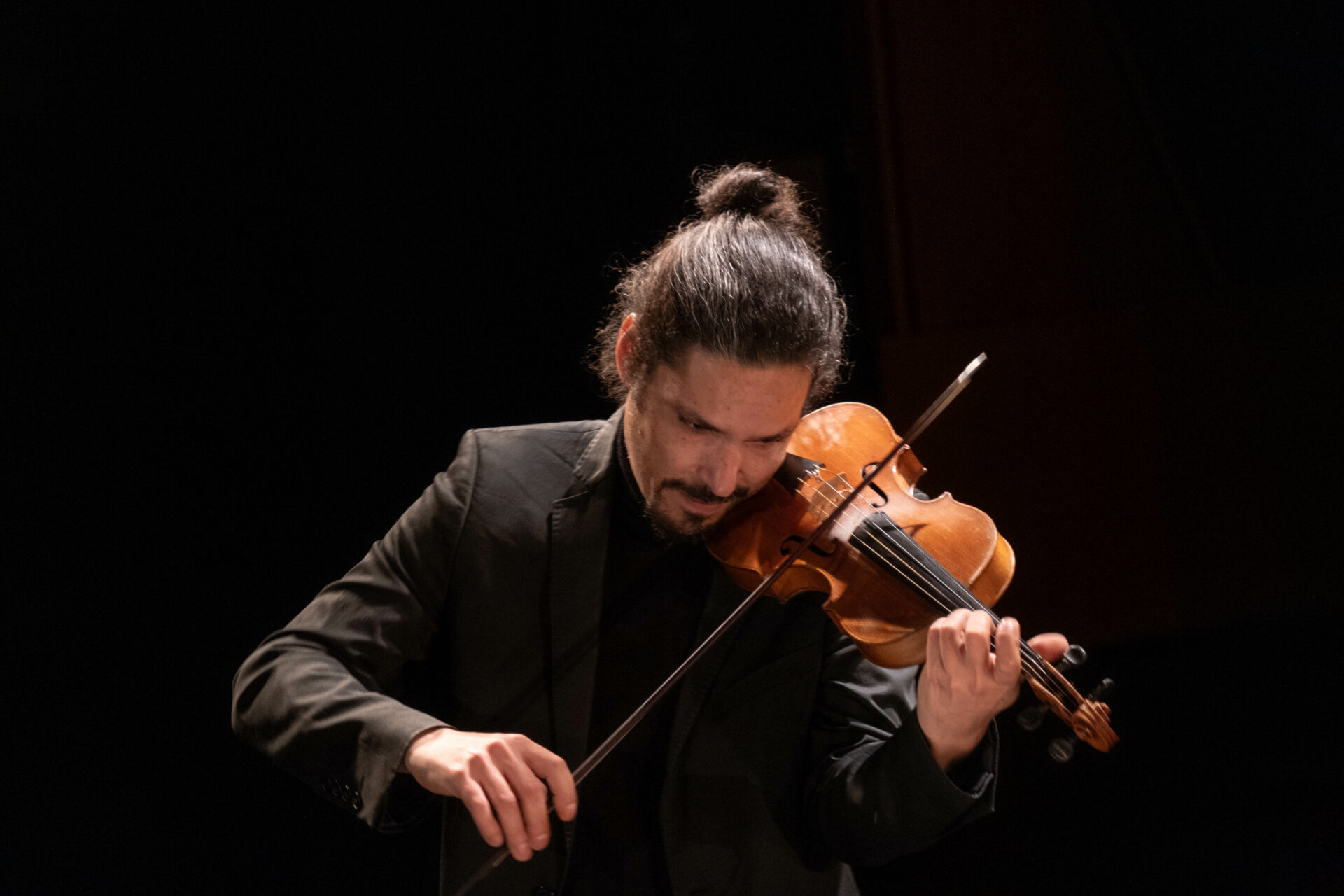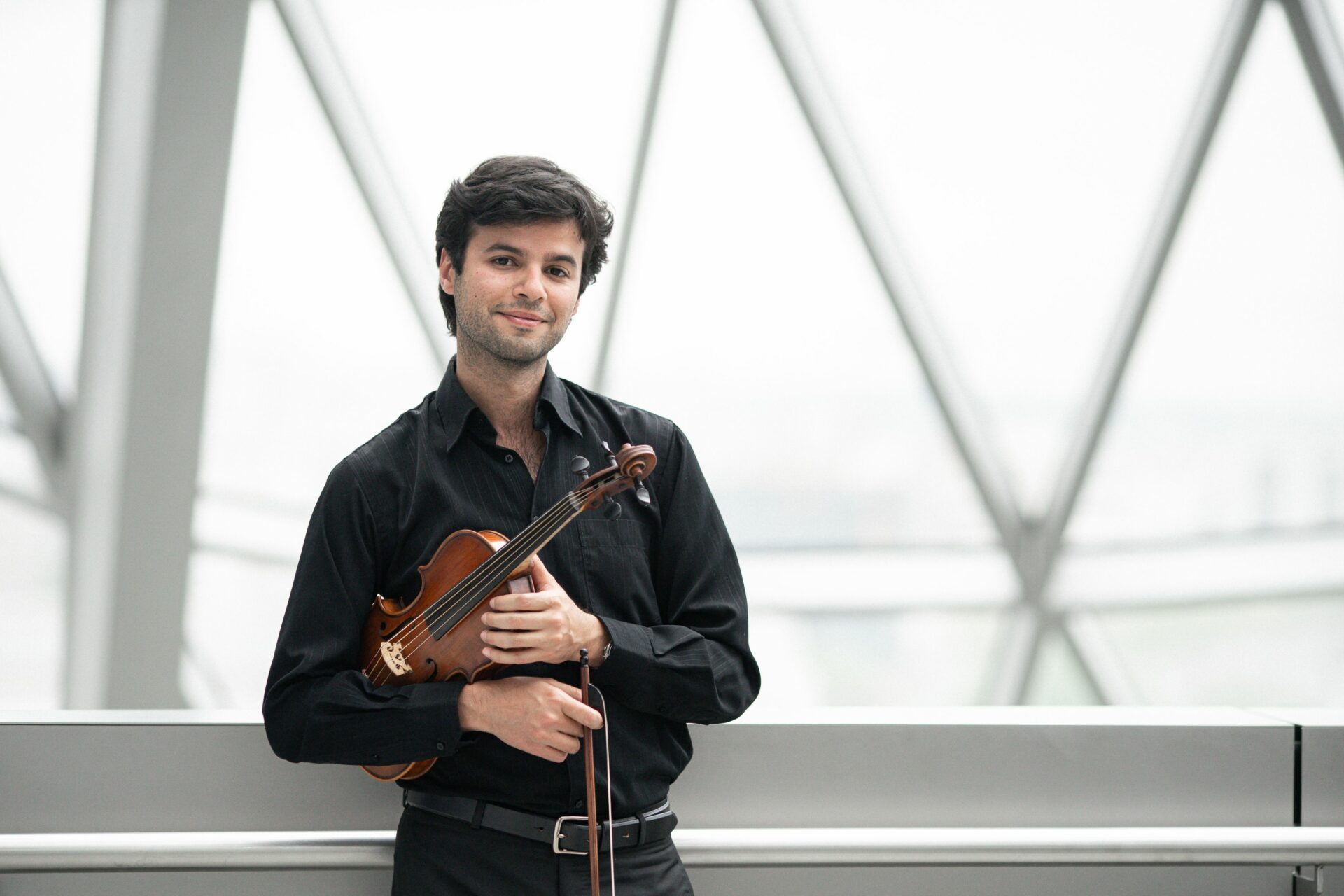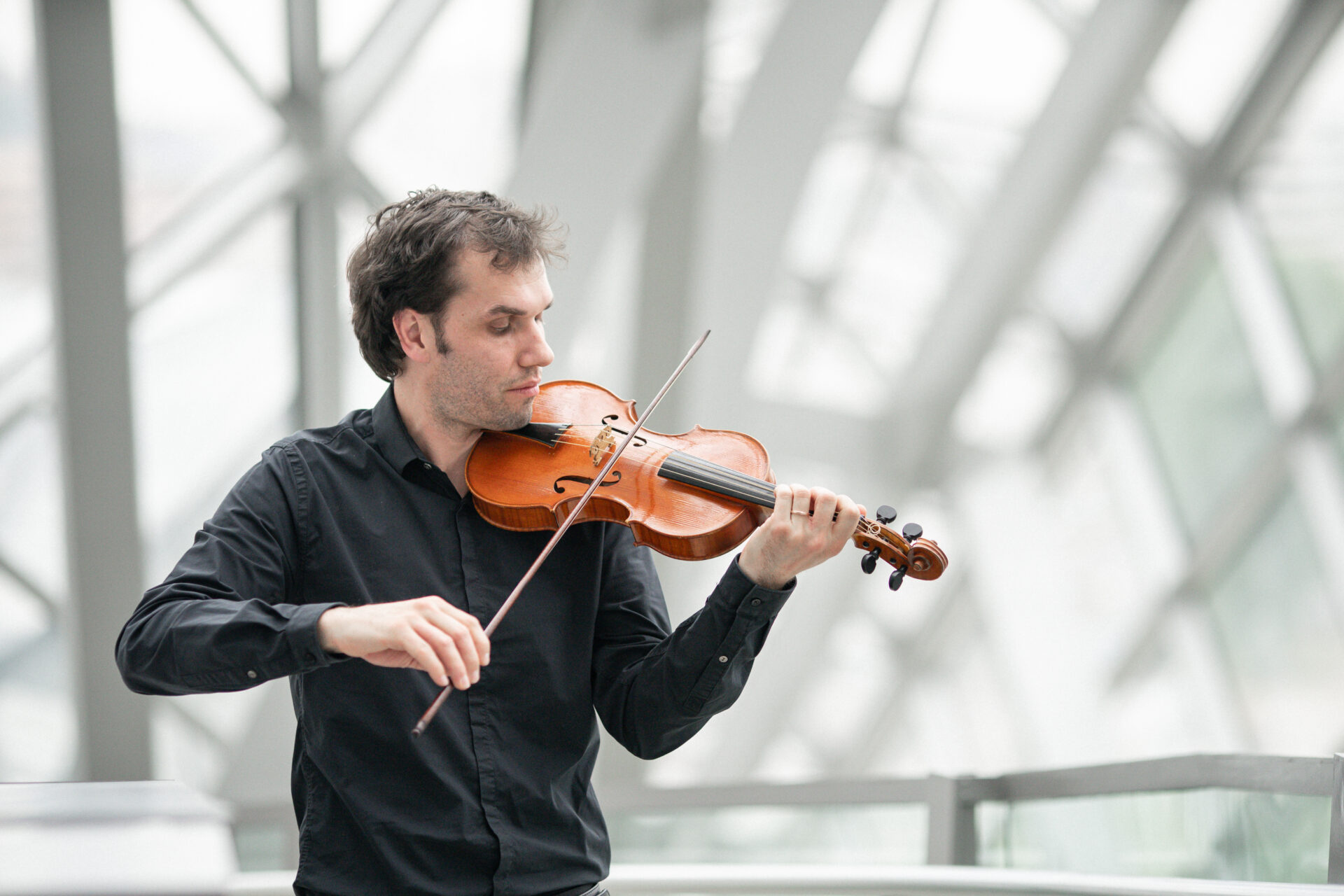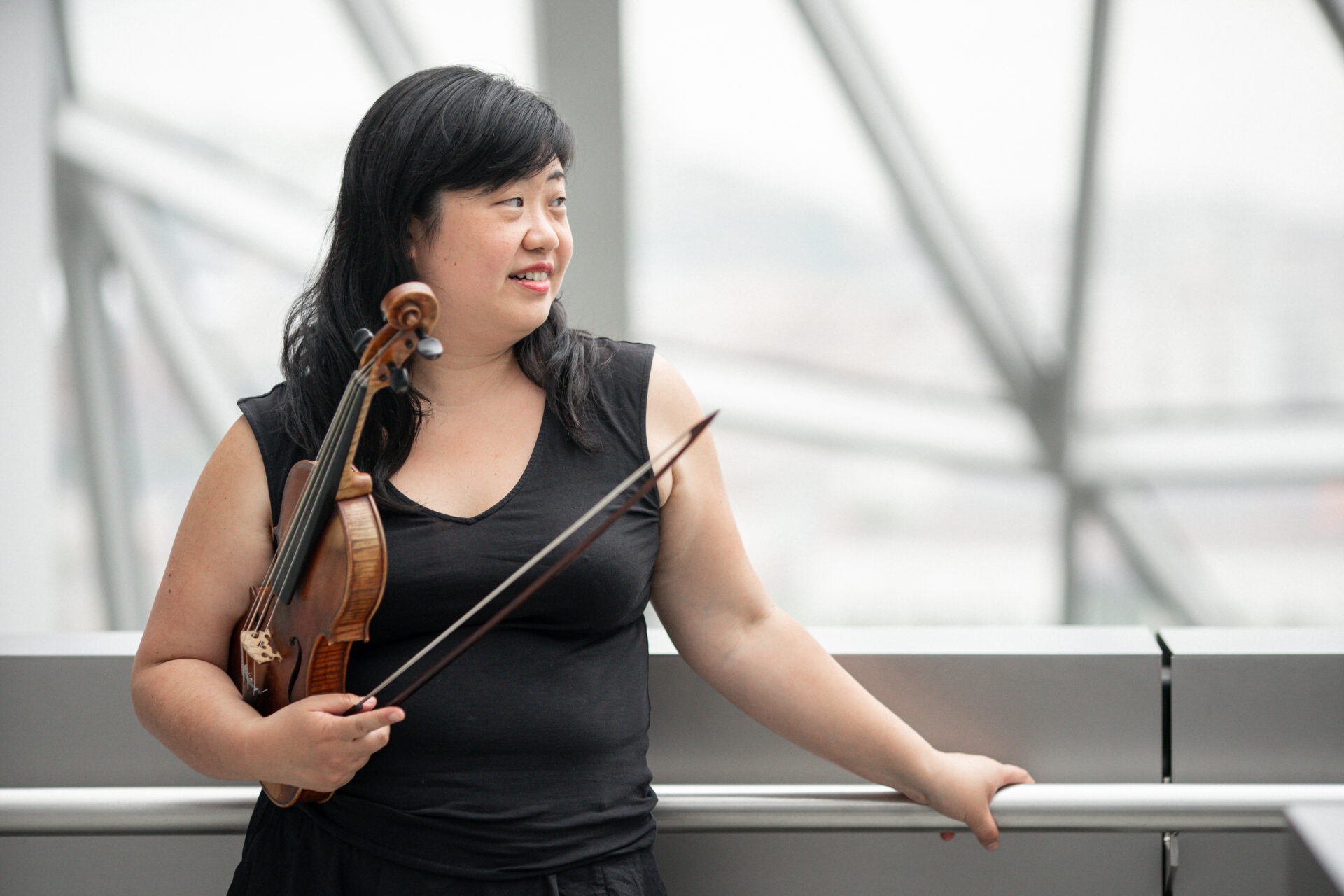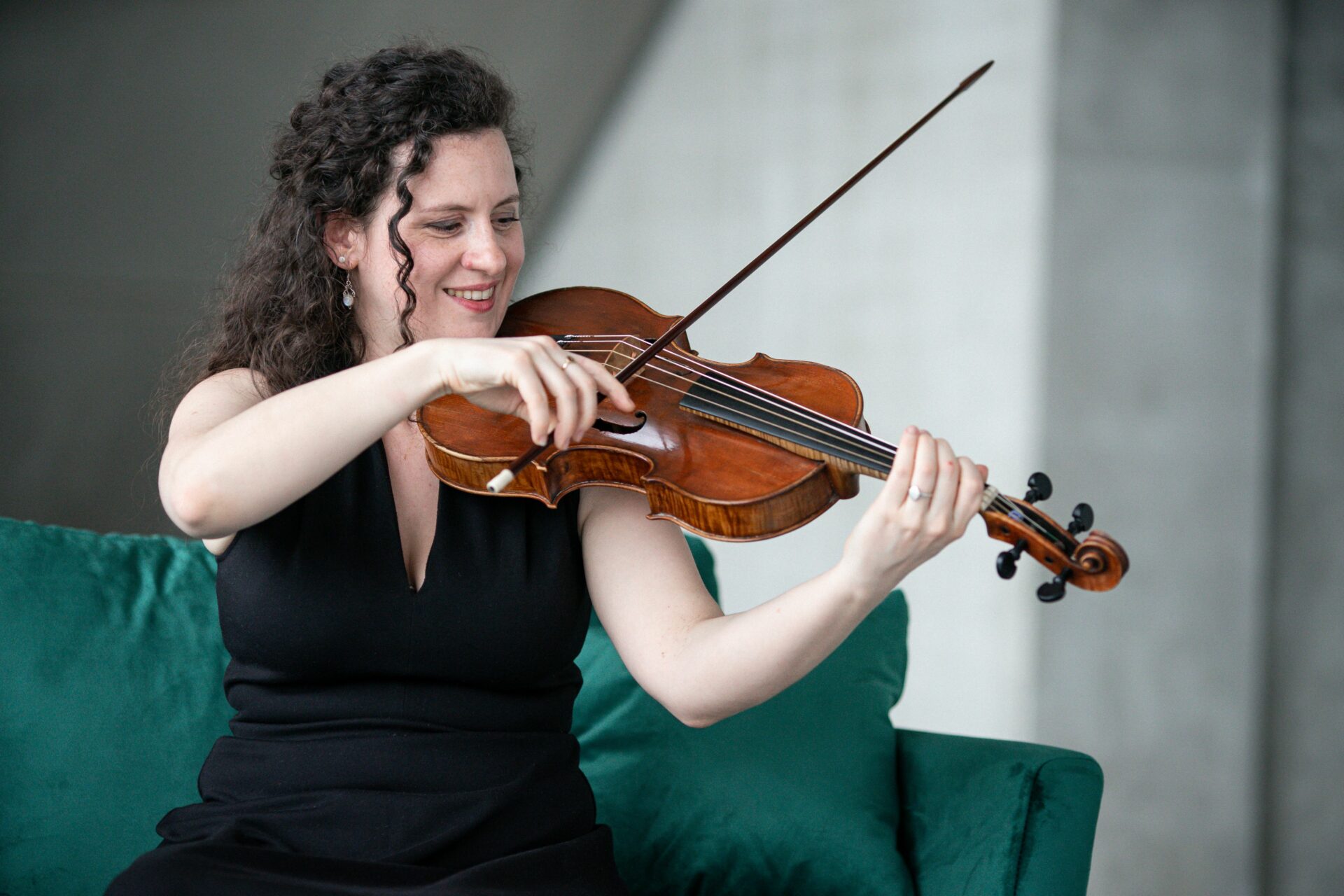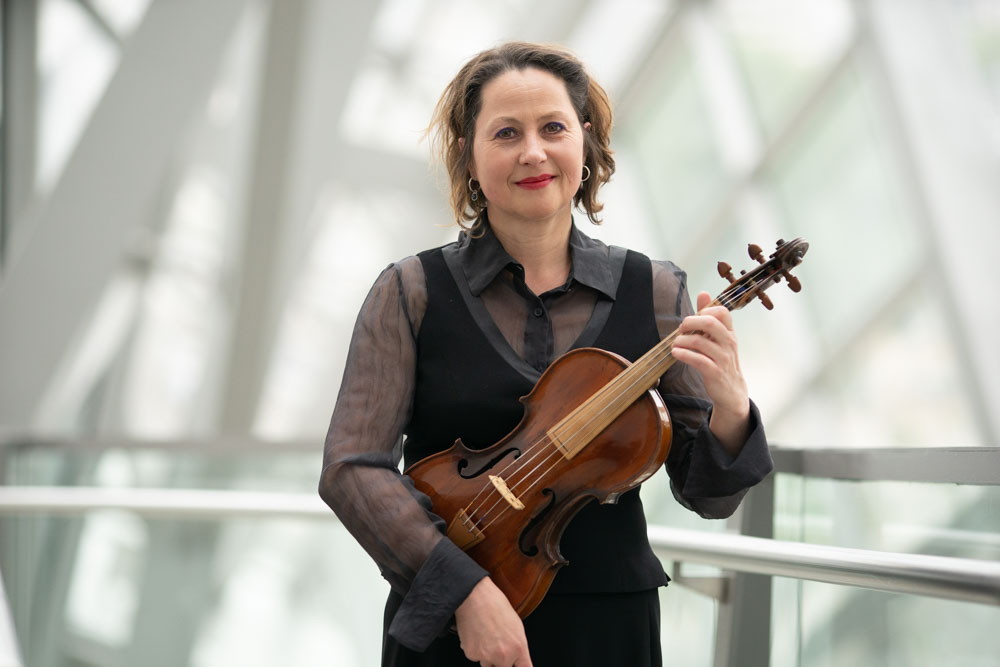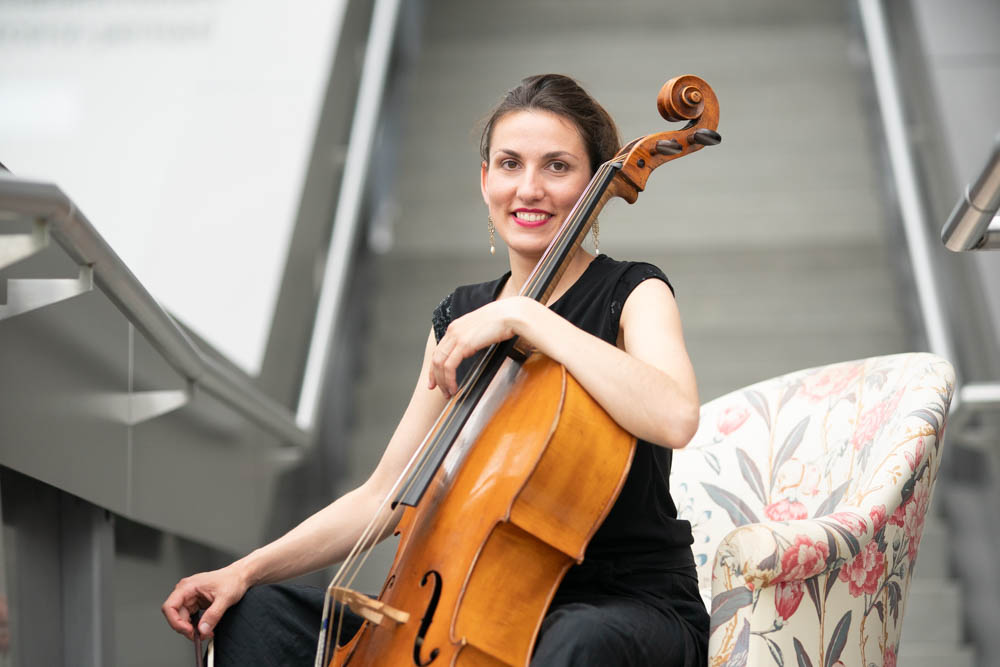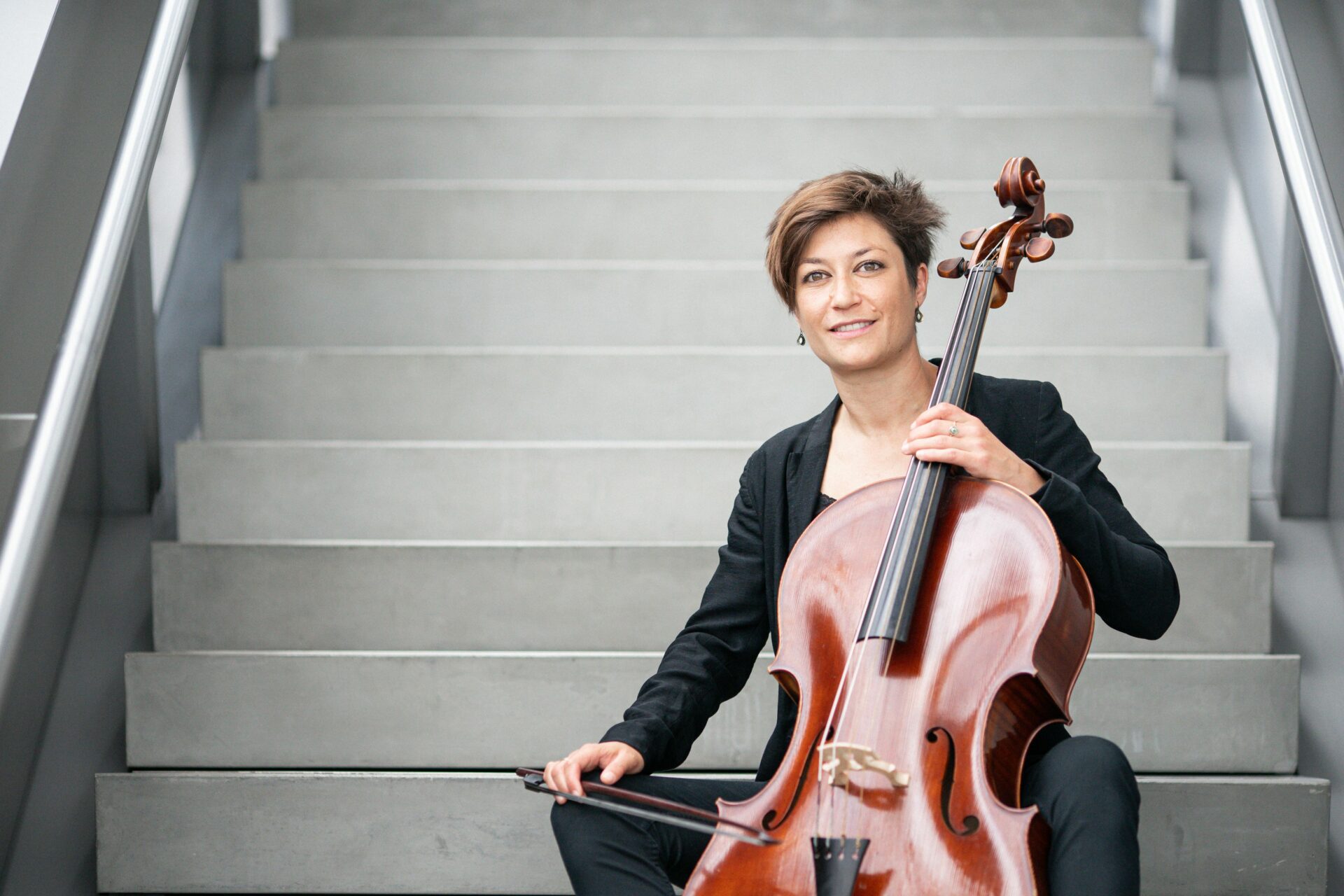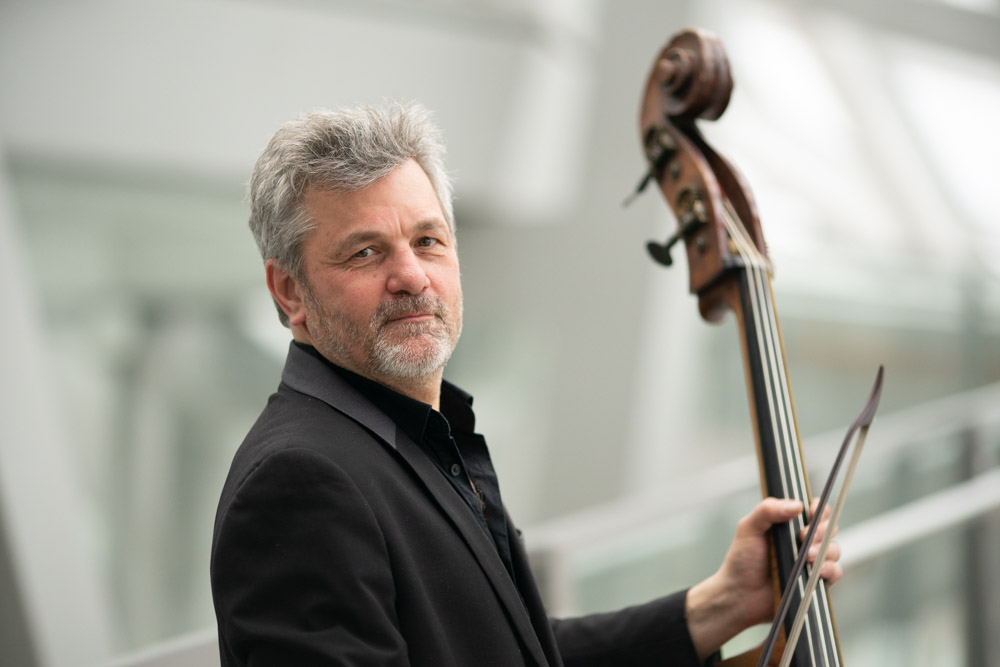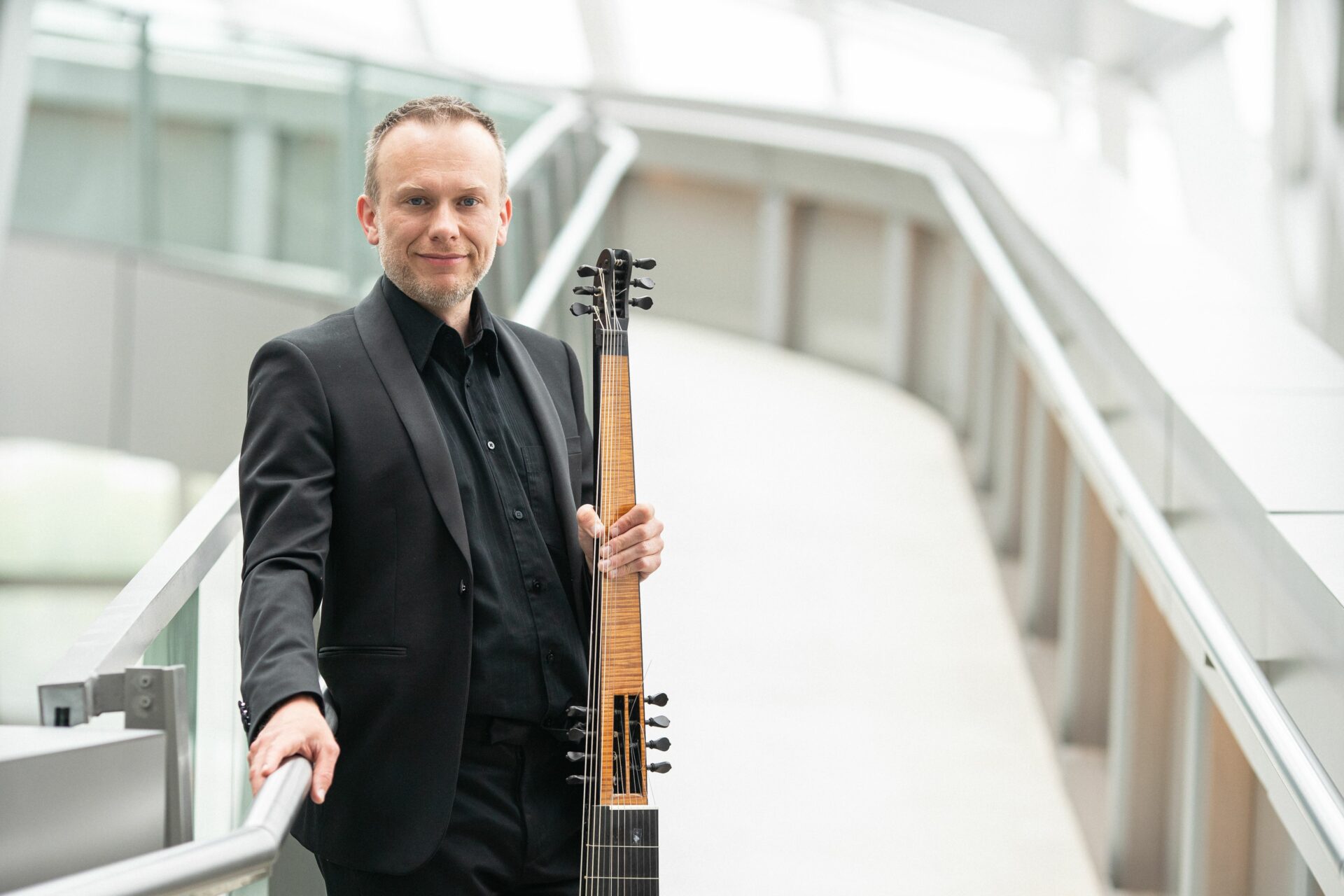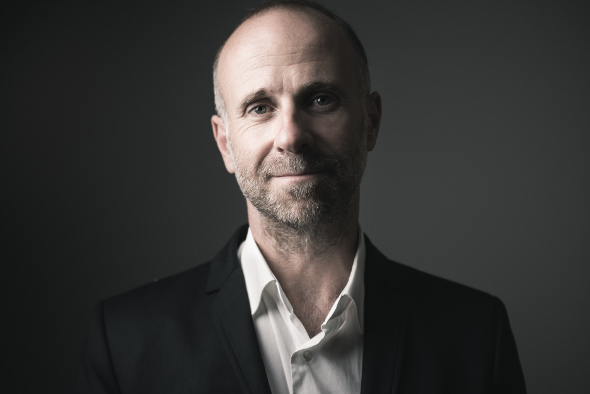Vivaldi, Le quattro stagioni
Vivaldi, The Four Seasons
Vivaldi, LE QUATTRO STAGIONI
Vivaldi, The Four Seasons
Antonio Vivaldi
Sinfonia RV 156
Allegro
Adagio
Allegro
Concerto No 1 La primavera (Spring) RV 269
Allegro
Largo
Allegro
Concerto No. 2 L'estate (Summer) RV 315
Allegro non molto
Adagio - Presto - Adagio
Presto
Concerto No. 3 L'autunno (Autumn) RV 293
Allego
Adagio molto
Allegro
Concerto No 4 L'inverno (Winter) RV 297
Allegro non molto
Largo
Allegro
Minori Deguchi, violin
Reynier Guerrero, violin
Florian Verhaegen, violin
Véronique Bouilloux, violin
Sayaka Shinoda, violin
André Costa, violin
Martyna Grabowska, alto
Myriam Cambreling, viola
Aude Walker-Viry, cello
Clara Fellmann, cello
Nicolas Janot, doublebass
Nicolas Muzy, theorbo
Franck-Emmanuel Comte, direction and harpsichord
It's already three hundred years since this masterpiece was composed!
Published in Amsterdam in 1725, the themes of this colourful and poetic fresco are still on everyone's lips... And yet there is no getting tired of the inventiveness of this inspired music, where summer storms follow winter tremolos!
No one knows the exact year Antonio Vivaldi composed his Four Seasons (Opus 8, N. 1-4). Author of more than 500 concertos, half of which are for violin, Vivaldi published his four concertos, Spring, Winter, Fall, and Summer, as part ofIl Cimento dell’Armonia e dell’Invenzione, Op. 8, a collection of twelve concertos printed by Michel Le Cène in Amsterdam in 1725. They are thought to have been composed around 1716.
We know that the Four Seasons were already famous before their publication, and greatly appreciated by various European monarchs, including Louis XV, who regularly asked for them to be played. From 1728 on, the Concert Spirituel included them in its repertoire. Vivaldi performed the solo violin part himself and could count on his students, the excellent female musicians of Venice’s Ospedale della Pietà, to accompany him.
Following Vivaldi’s death, his music fell into obscurity: until the middle of the 20th century, only a few scholars were aware of his works. In 1913, the musicologist Max Pincherle decided to dedicate his doctoral thesis to Vivaldi, marking the beginning of his progressive rediscovery.
PICTURES
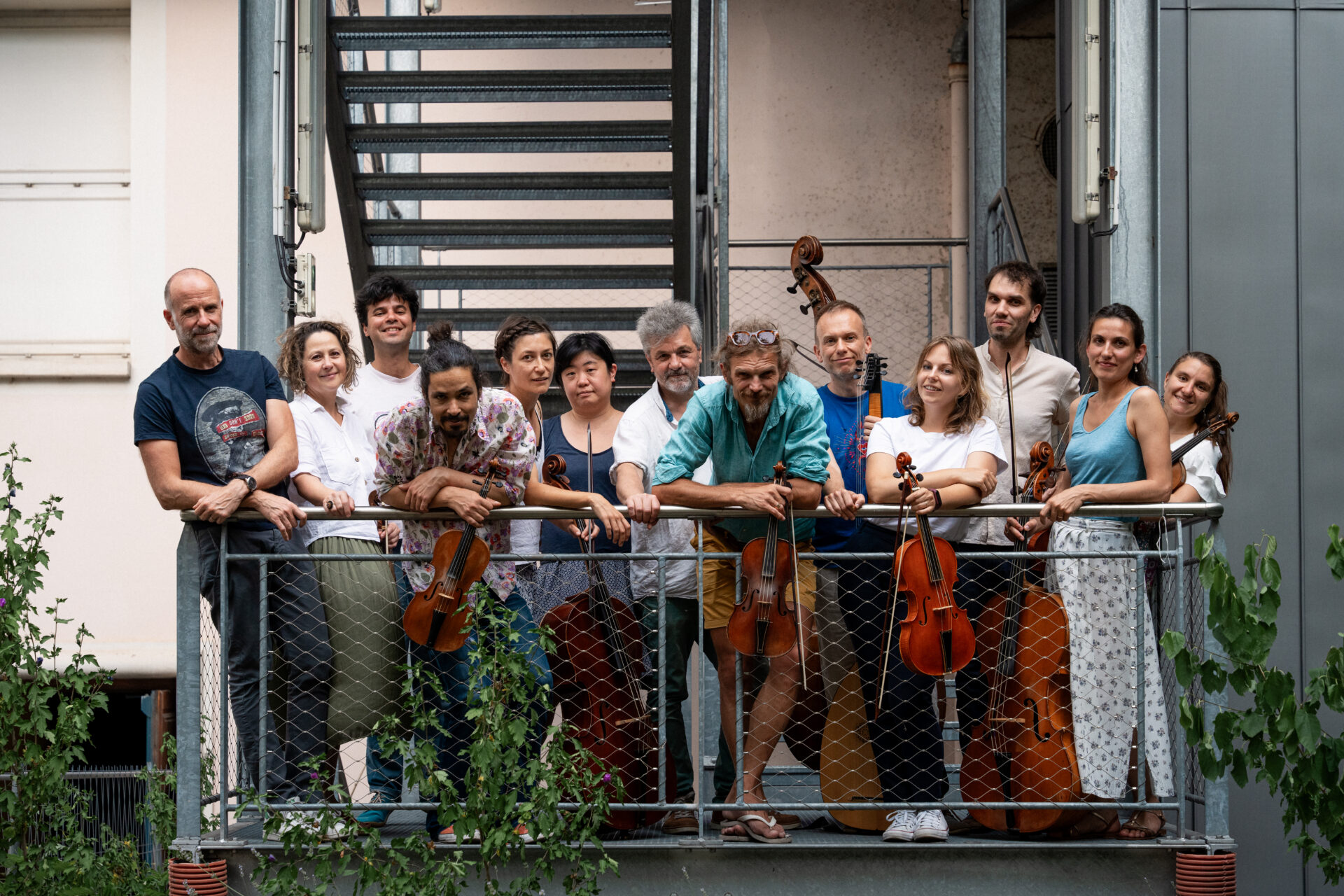
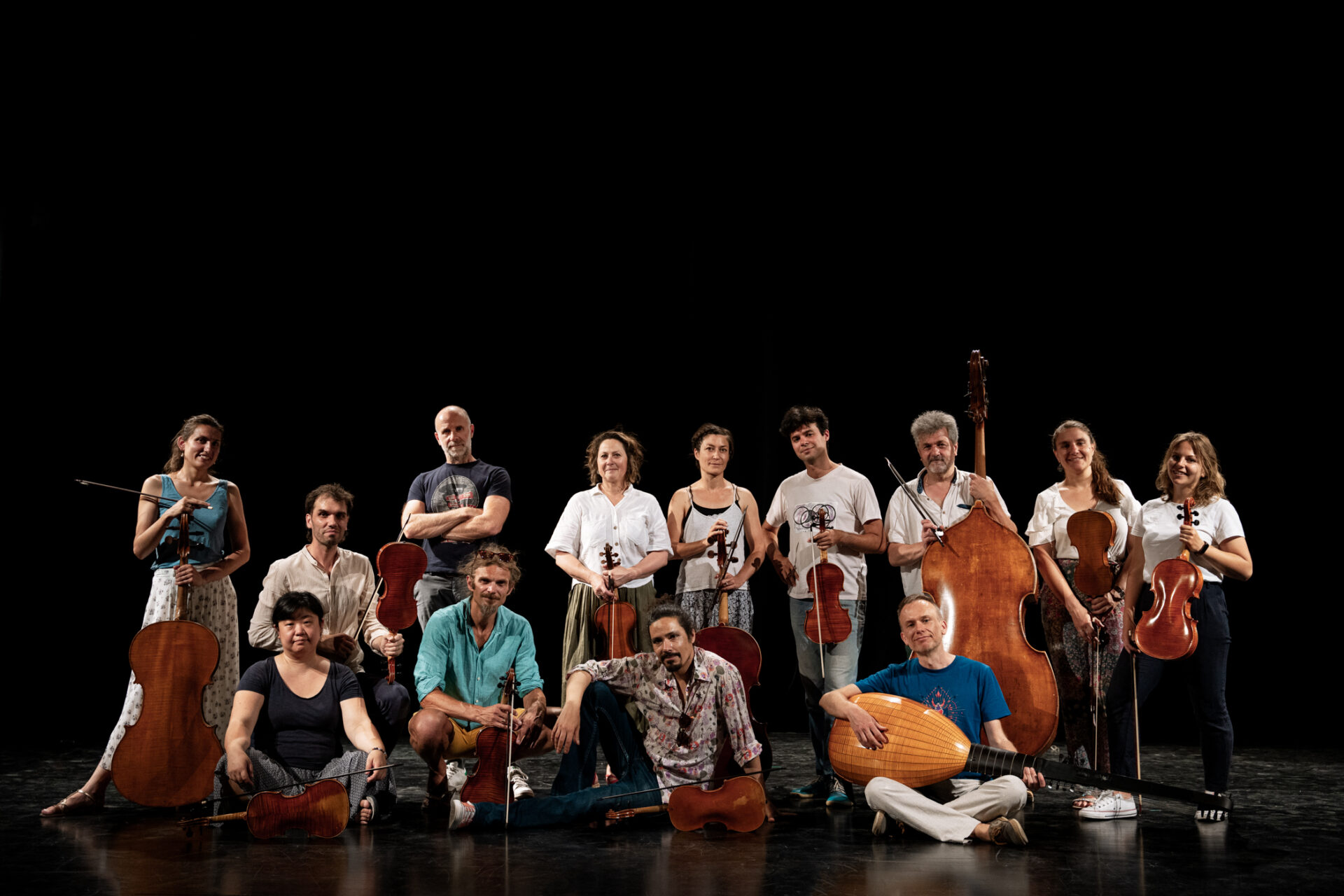
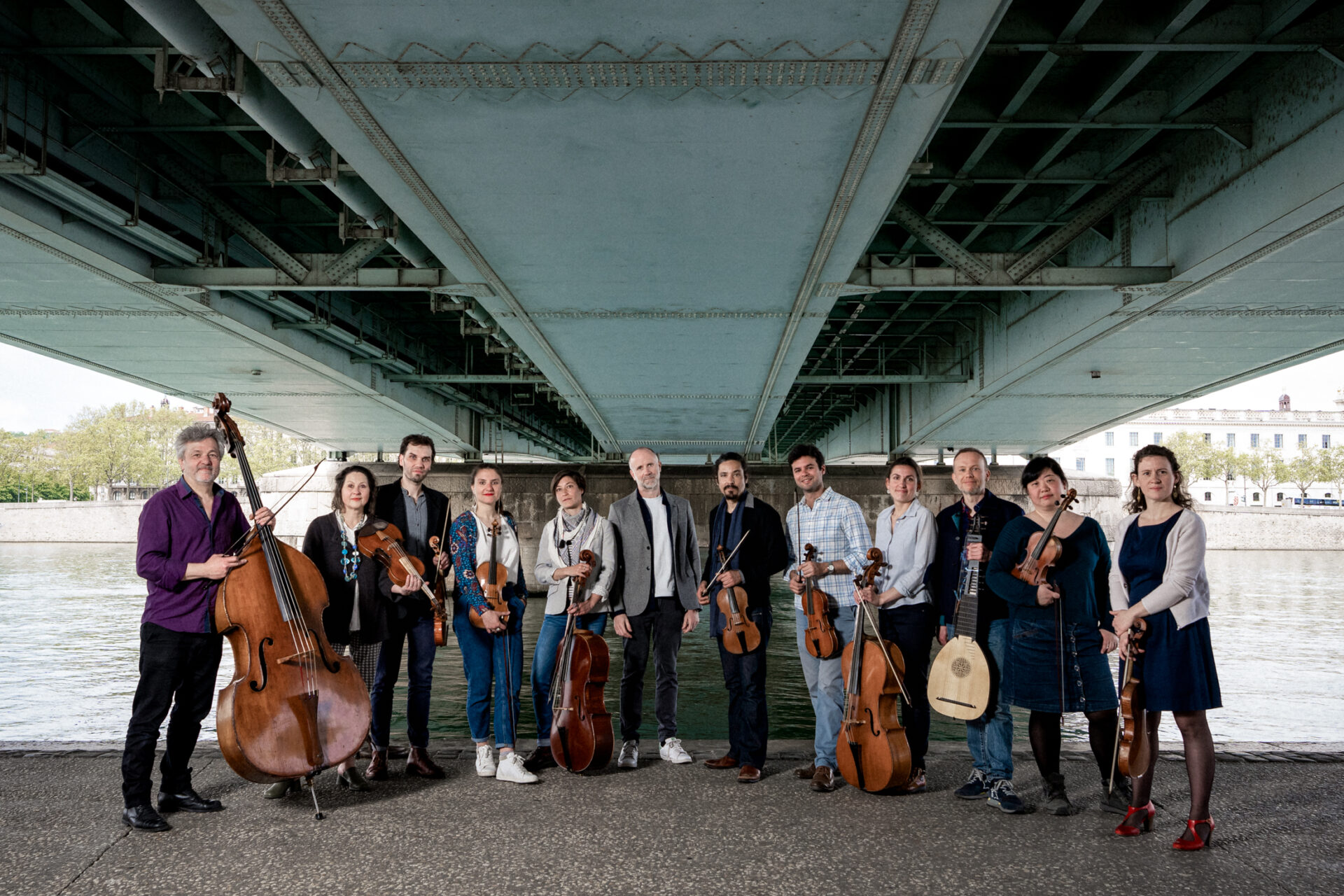
With the support of SPEDIDAM.


